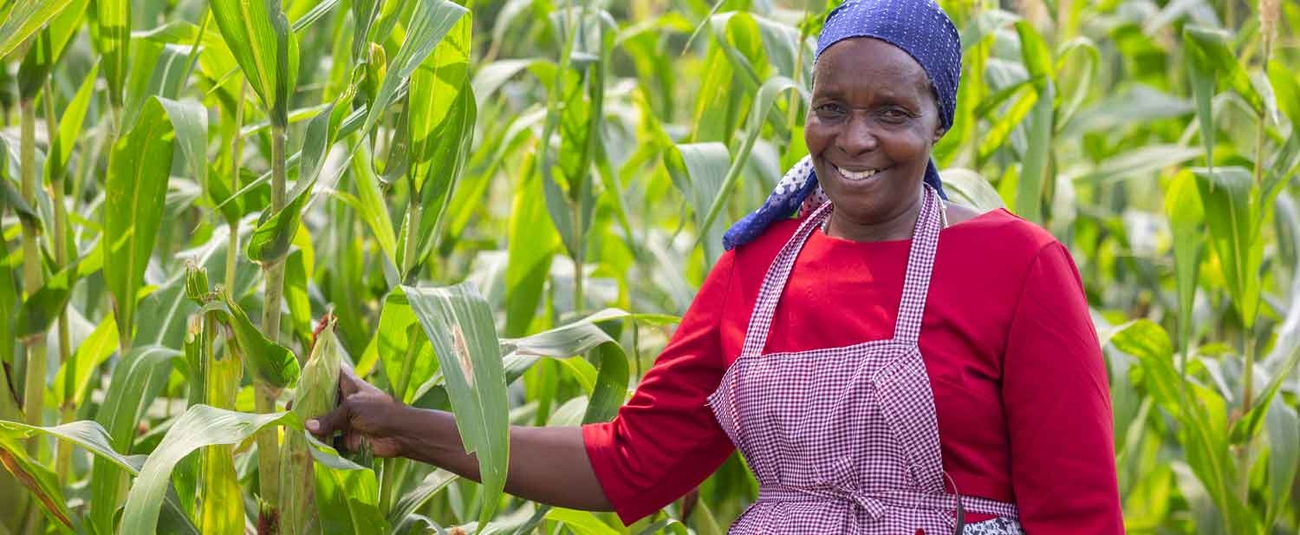
By George Munene
The African Development Bank Group has approved a Sh7.5 billion loan to Kenya to enable the government to provide affordable fertilizer and seeds to farmers ahead of the October-December 2022 short rains and into the 2022/2023 long rains crop production season.
This will boost cereals and oil seeds production by over 1.5 million metric tonnes over the next two years. It is part of an Africa-wide initiative to avert a looming food crisis exacerbated by the war in Ukraine.
The project entails the delivery of certified seeds, fertilizers, and agricultural extension to 650,000 farmers to boost productivity. An e-voucher system will be used in their disbursal, ensuring that subsidies for inputs are “smart”.
“We are pleased to present the Kenya African Emergency Food Production Facility,” said Dr. Beth Dunford, the Bank’s Vice President for Agriculture, Human and Social Development. “Successful implementation of the Facility will see some 650,000 farmer direct beneficiaries, resulting in the production of 1.5 million tonnes of cereals and oil seeds. In all, the Facility will positively impact some 2.8 million people,” she added.
Related News: Family Bank commits Sh6B to agriculture financing
Another project component will provide trade finance guarantees and leverage the private sector to ensure sufficient fertilizer volumes are available to farmers. In addition to boosting staple food availability, the project, which targets smallholder farmers, is expected to particularly benefit women and youth.
“The government is looking into ways and means of addressing the cost of ‘unga’ (maize flour) to bring it down so that consumers can afford it,” said Peter Munya, Kenya’s Agriculture Cabinet Secretary.
Kenya—and other countries in East Africa and the Horn of Africa — have been hit hard by not only the inflationary effects of the war in Ukraine, locust swarms, fall army worm invasion, and climate- and drought-related impacts. The number of food-insecure people in the country’s pastoral and marginal areas rose by 48% between August 2021 and February 2022, according to estimates.
Related News: Nakuru farmers get avocado, macadamia markets & cheap loans from new program
Related News: The Sh50 scratchcard pioneering microsinsurance for Kenyan farmers
These overlapping shocks—together with the Covid-19 pandemic--have set back Kenya’s progress towards achieving its sustainable development goals.
On May 20, the Bank Group’s Board of Directors approved the African Emergency Food Production Facility, which will provide agricultural seeds to 20 million African farmers. The goal is to produce an additional 38 million tonnes of food, primarily wheat, maize, rice, and soybeans which will generate $12 billion over the next two years.
Photo Courtesy of the African Emergency Food Facility program for Kenya
Write comment (0 Comments)
















